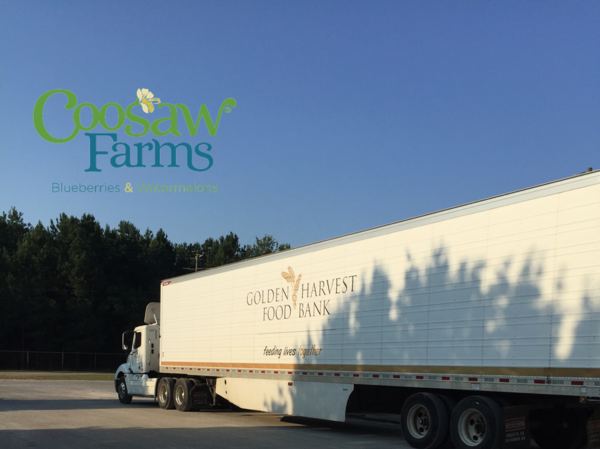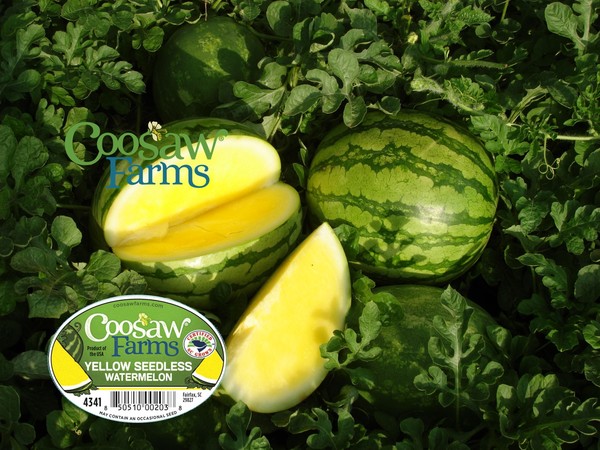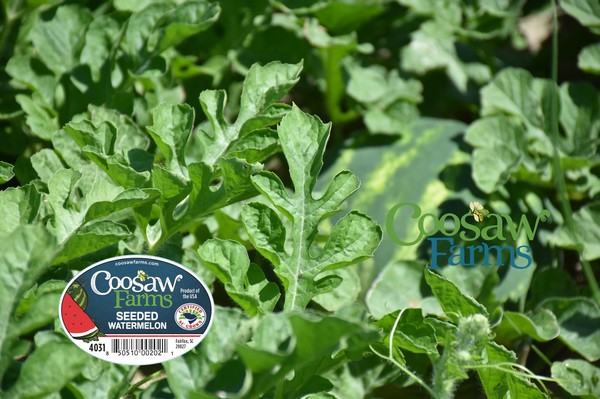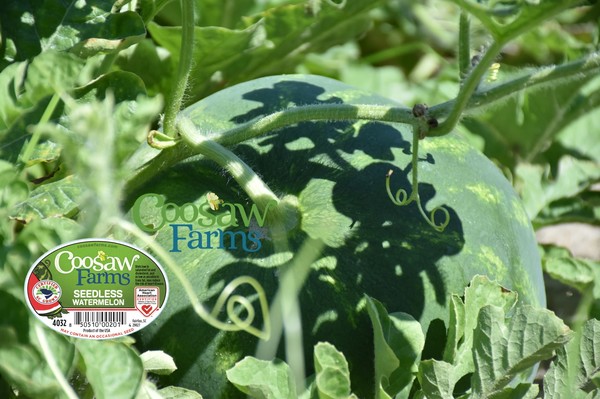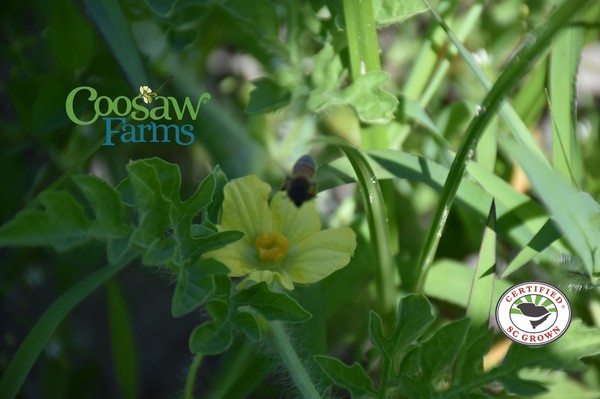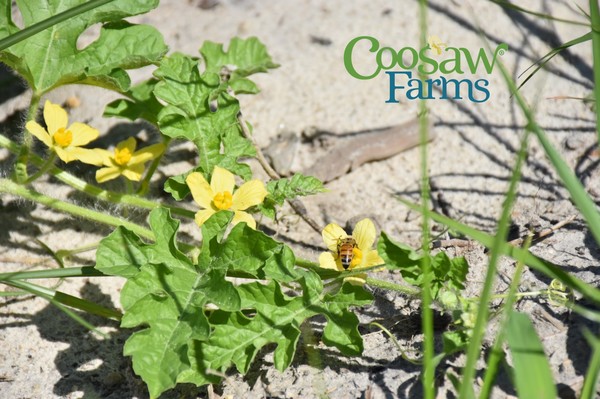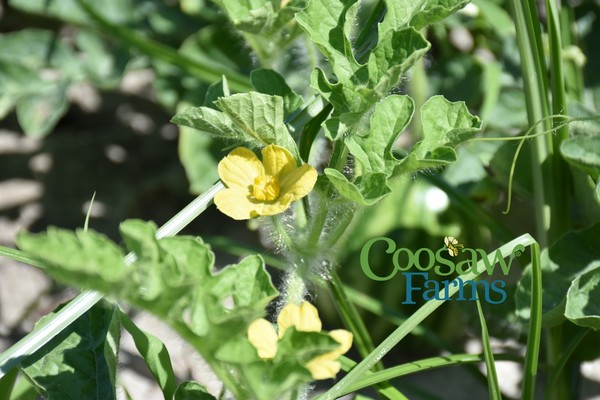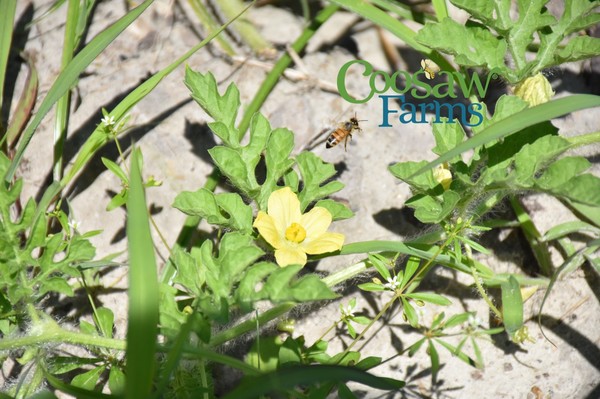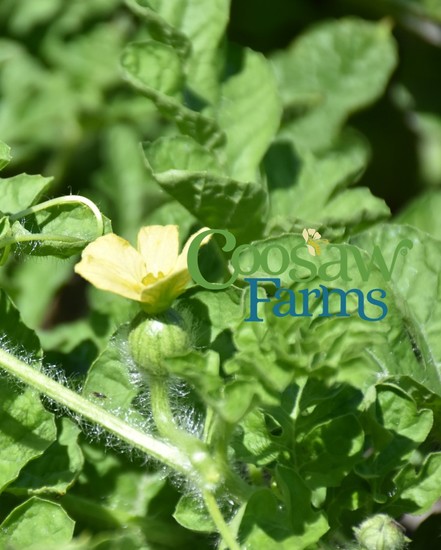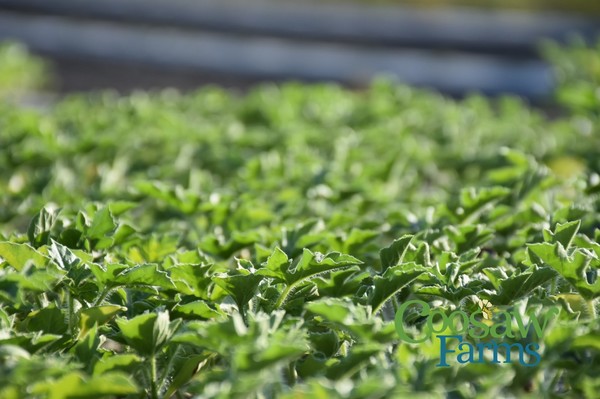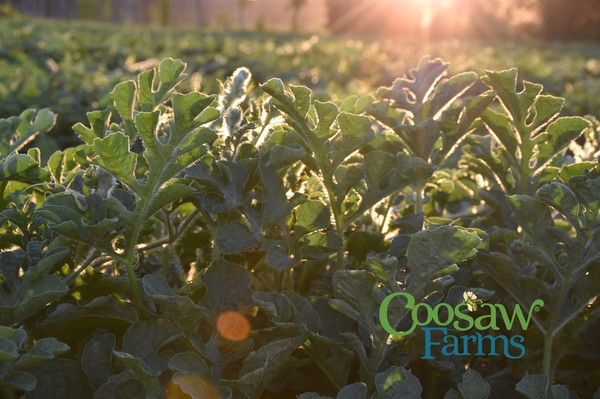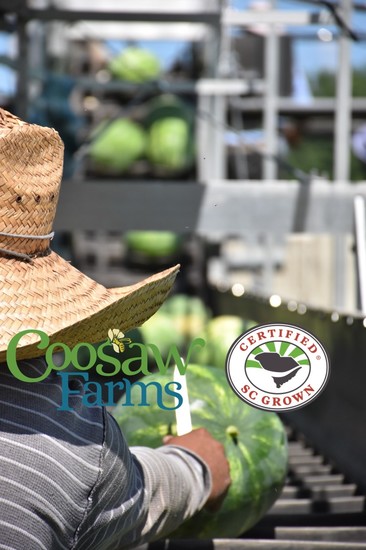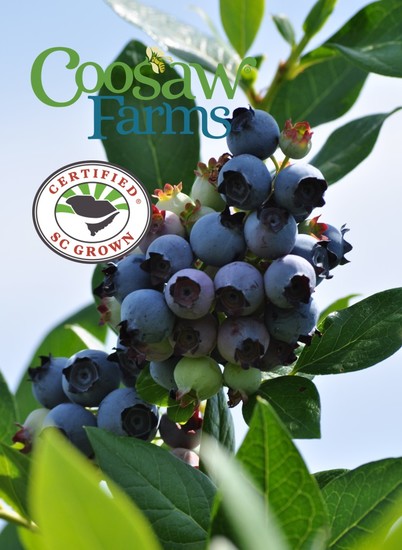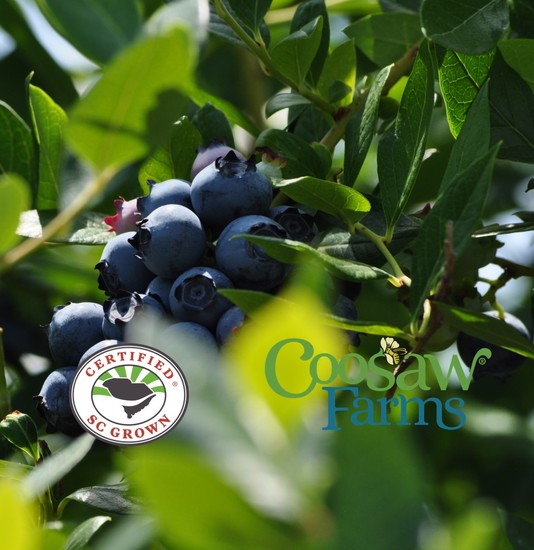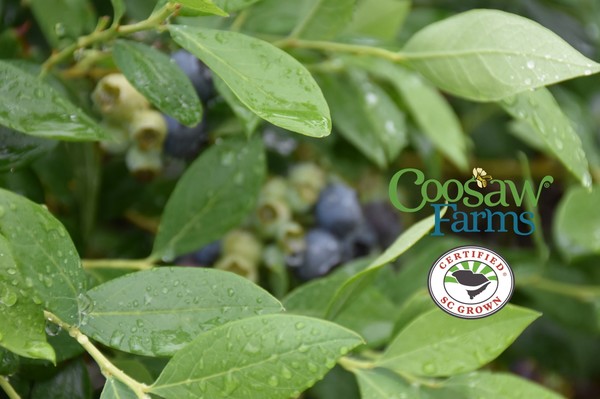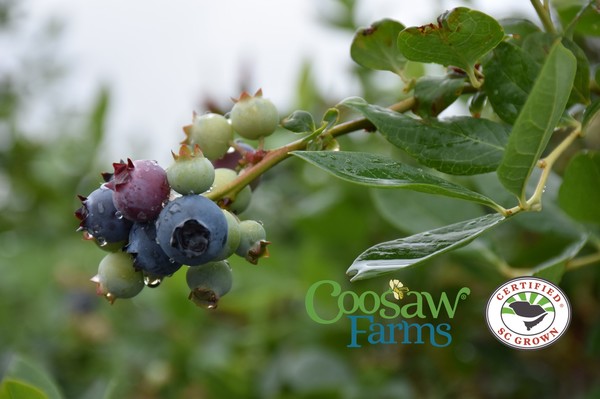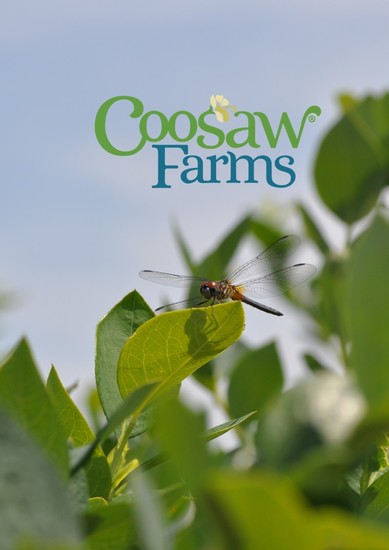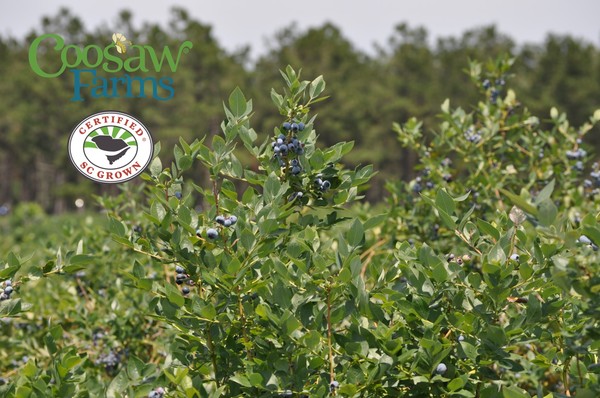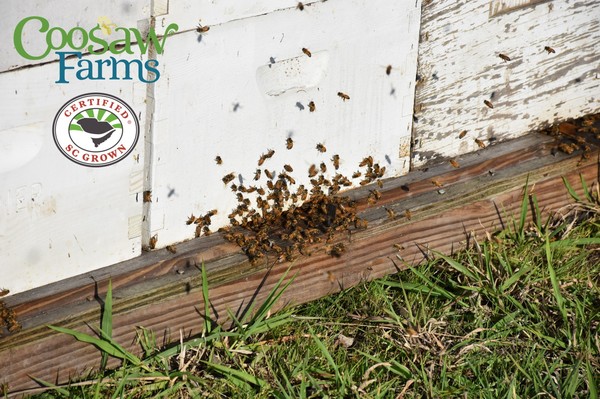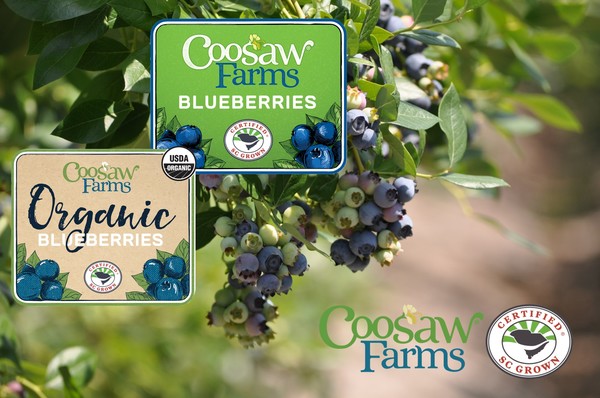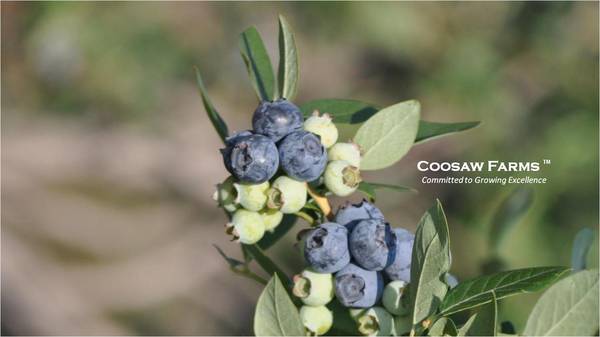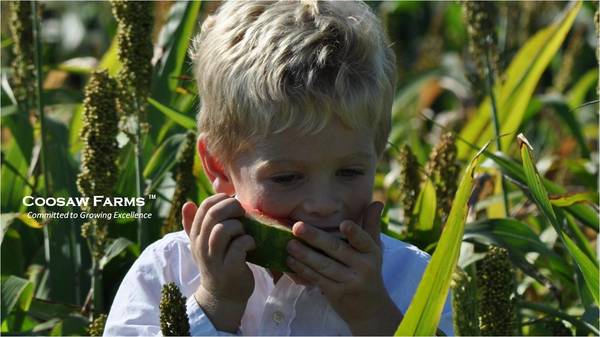Earth 101
‘He makes plants for man to cultivate – bringing forth food from the earth; Praise the Lord, O my soul.’
-exerts from Psalm 104
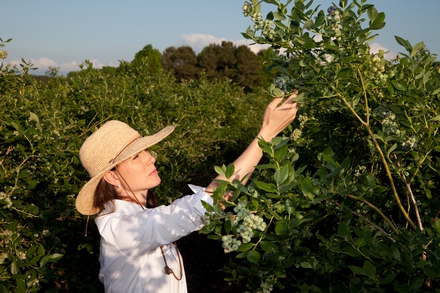
Hope comes in the new year and new season. Just as new leaves stretch and unfold, each year, the farm itself goes through pruning and renewal. Refined by wisdom harvested from seasons past we cultivate our learning into innovative growth and fruitful harvest. There is an ever striving, ever advancing spirit of determination and truth at Coosaw Farms.
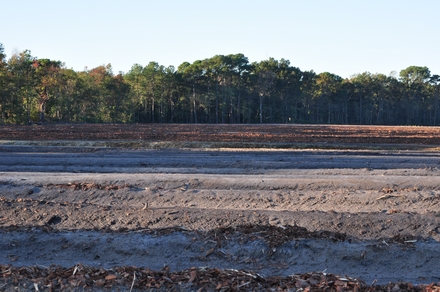
Integrity in and of itself is one of the fundamental pillars of sustainability. As a family farm, it is in our core to be around for tomorrow. Our children are the future stewards of the legacy grounded by our mother and father, grandmothers and grandfathers, and so therein are the drivers of meticulous care toward memorable quality and delicious flavor known only as "Coosaw Farms".
We begin with Earth. . .
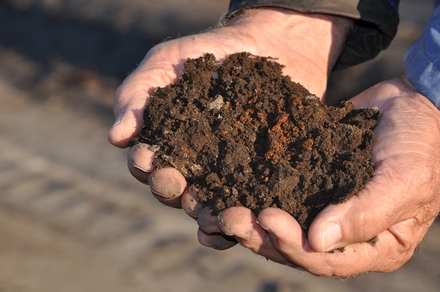
Water Holding Capacity of Different Soil Types
Understanding the water holding capacity of our soil at Coosaw Farms is an essential agronomic characteristic to successful growing, sustainability, and proactive water conservation. A sandy loam soil type for example, reaches the saturation point much sooner than a clay loam. After a soil is saturated with water, the excess water and some of the nutrients can leach downward in the soil profile--giving no benefit to the plant.
Soil water holding capacity is controlled primarily by the soil texture and the soil organic matter content. Soil texture is a reflection of the particle size distribution of a soil. A silt loam soil for example, has 30% sand, 60% silt and 10% clay sized particles. In general, the higher the percentage of silt and clay sized particles, the higher the water holding capacity. The small particles (clay and silt) have a much larger surface area than the larger sand particles. This large surface area allows the soil to hold a greater quantity of water. The amount of organic material in a soil also influences the water holding capacity. As the level of organic matter increases in a soil, (i.e. our use of pine bark in blueberries) the water holding capacity also increases, due to the affinity of organic matter for water.
At Coosaw Farms, we carefully construct a water management plan based on our field soil types. We are then able to irrigate exactly the amount the plant needs for good health and never beyond the soil's water holding capacity. To make our watering decisions additionally precise, we use soil mouisture meters that monitor soil moisture 24 hours/day 7 days/week at varying depths. Data from these probes in the field is constructed into graphs and matrixes. Based on the soil's real-time moisture levels at varying detphs, we can irrigate in precise units that match the crop's growth stage and depth of root system.
Water management at Coosaw Farms is a carefully monitored precision-based science for the proactive, conservation-based control toward optimal growing balanced with the sustainable preservation of water sources (aquifers) and resources (energy used to operate irrigation and wells).
Feeding the Hungry
Nothing is wasted at Coosaw Farms. We are in a wonderful partnership with Food Banks & service organizations that help make sure no fruit goes to waste. Trucks pick up here at the farm and deliver across the United States to places of need.
We also give to our local community, here in Allendale County, South Carolina.
Through our partnership with 'Farm to Food Bank', Coosaw Farms shared its healthy fresh produce which was transformed into 986,208 meals for the hungry in 2015; and 374,298 lbs donated directly from the fields in 2016.
